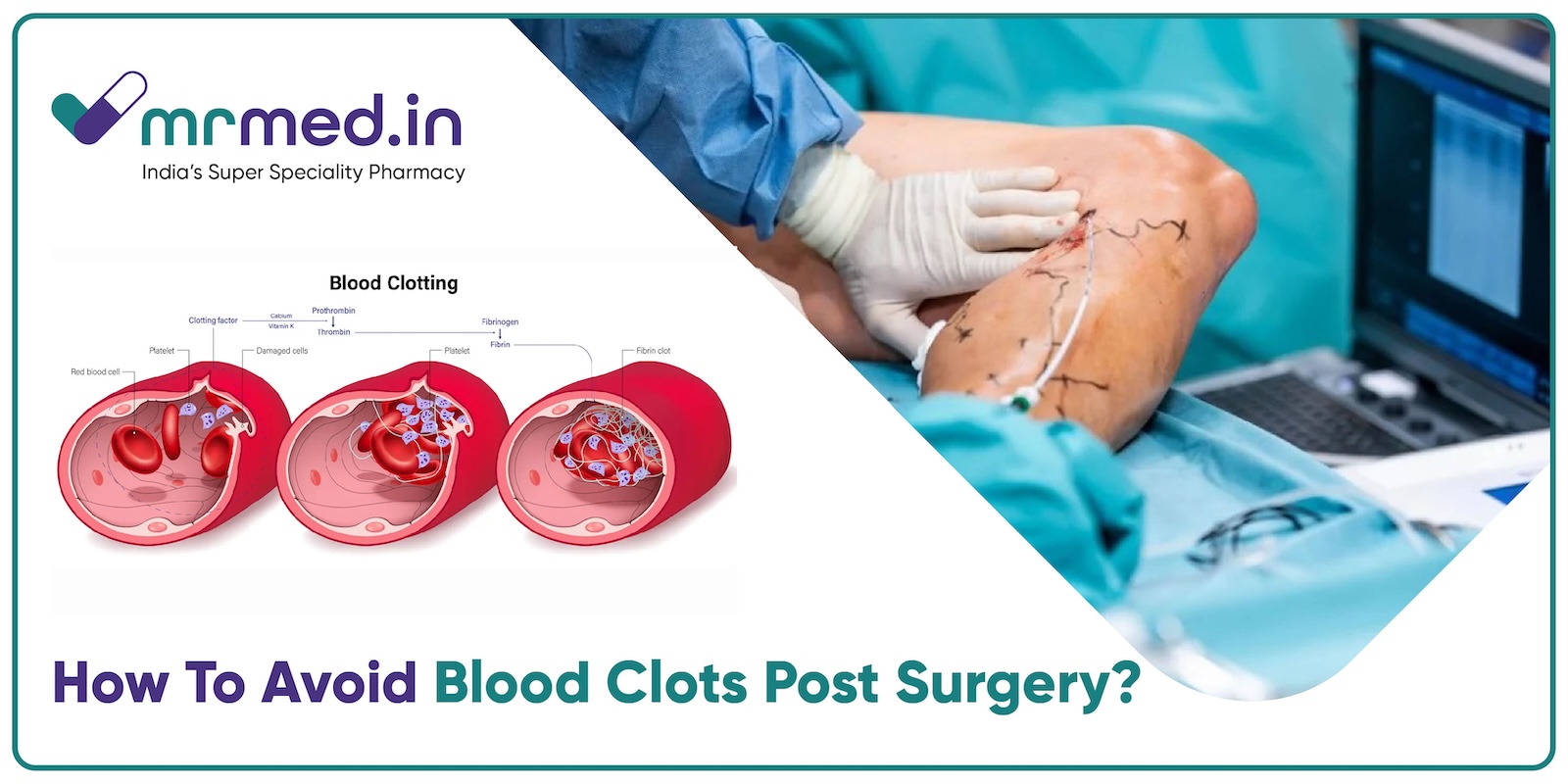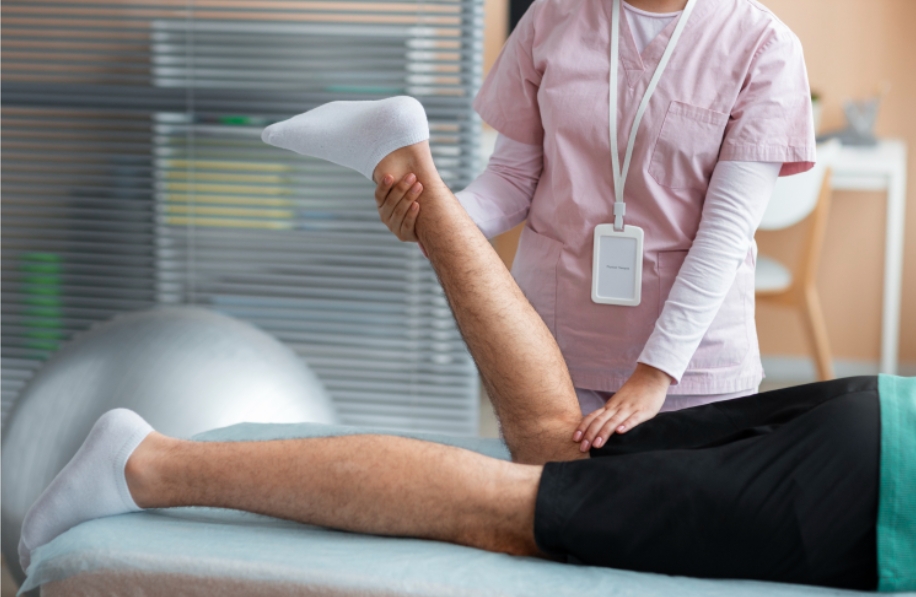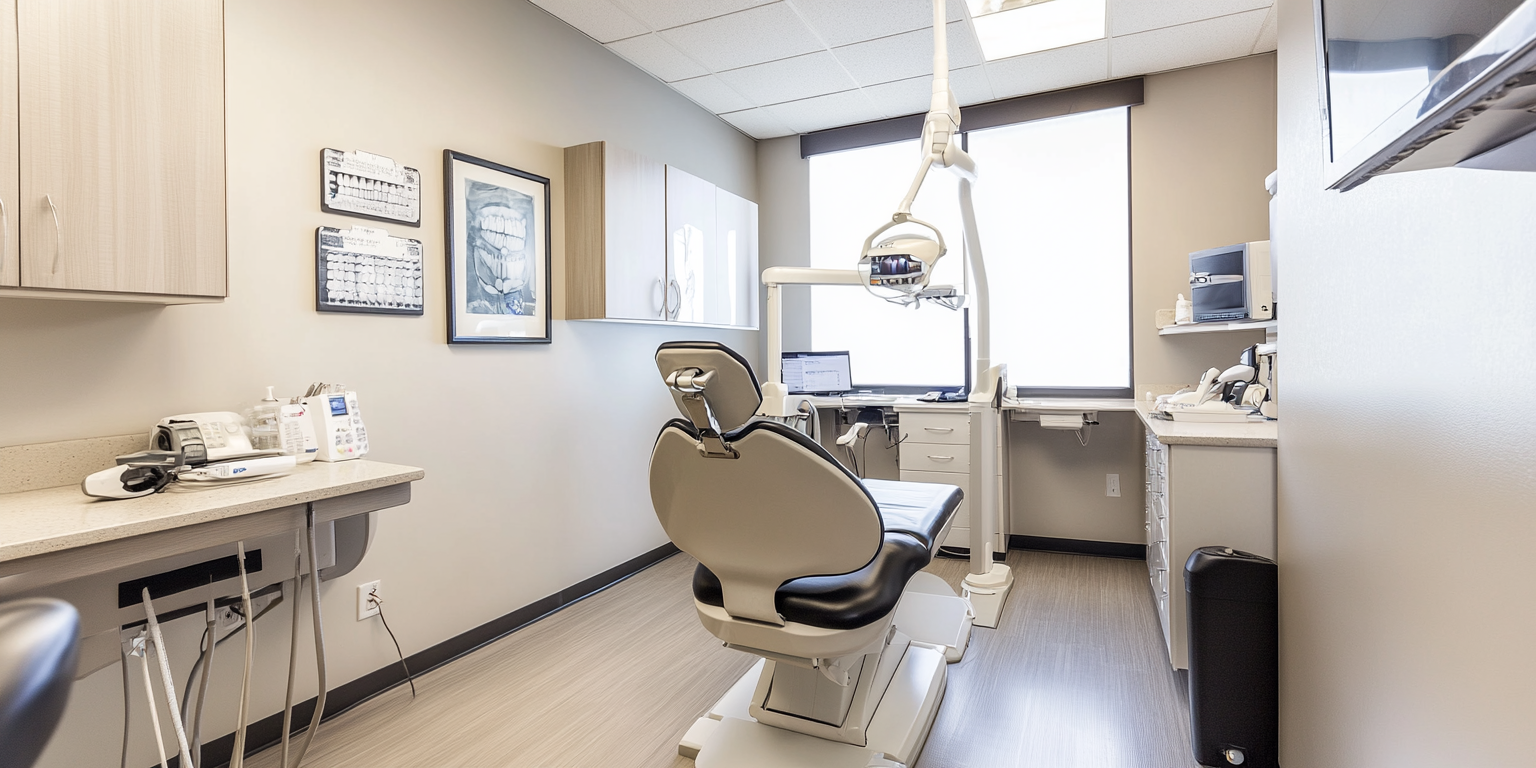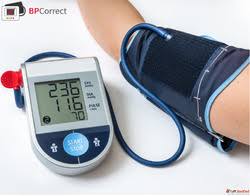Effective Strategies to Avoid Blood Clots After Abdominal Procedures

Strong 8k brings an ultra-HD IPTV experience to your living room and your pocket.
Blood clots are a serious and often underestimated complication that can occur after abdominal surgeries or procedures. While abdominal procedures are designed to improve health, the recovery period often comes with risks, including the development of deep vein thrombosis (DVT). If left untreated, these clots can travel to the lungs, causing a life-threatening condition known as a pulmonary embolism (PE).
This blog delves into effective strategies to minimize the risk of blood clots after abdominal procedures, including lifestyle changes, medical interventions, and the role of medications used to prevent clotting.
Why Are Blood Clots a Concern After Abdominal Procedures?
What Causes Blood Clots Post-Surgery?
Blood clots often form after surgeries due to a combination of factors:
- Immobility: Prolonged bed rest or reduced movement slows blood circulation, increasing the risk of clot formation.
- Surgical Trauma: Procedures involving blood vessels can trigger clotting mechanisms as the body attempts to heal.
- Inflammation: Surgery causes localized inflammation, which can promote clotting in nearby blood vessels.
- Anesthesia: Prolonged use of general anesthesia can lower blood pressure and slow circulation, contributing to clot formation.
Who Is at Risk?
Certain factors can increase the likelihood of blood clots after abdominal surgeries:
- Advanced age (over 60 years)
- A history of blood clots or family history of clotting disorders
- Obesity or sedentary lifestyle
- Smoking
- Conditions like cancer, diabetes, or heart disease
Understanding your risk factors is the first step toward prevention.
What Are the Symptoms of Blood Clots?
It’s crucial to recognize the warning signs of blood clots to seek immediate medical attention. Common symptoms include:
- Swelling: Often in the leg, accompanied by redness or warmth.
- Pain: A cramping or aching sensation, typically in the calf.
- Shortness of Breath: Sudden difficulty breathing can indicate a pulmonary embolism.
- Chest Pain: Pain that worsens with deep breaths or coughing is a red flag.
If you experience any of these symptoms, contact your doctor immediately.
How to Prevent Blood Clots After Abdominal Procedures?
1. Early Mobilization
One of the most effective ways to prevent blood clots is to get moving as soon as your doctor allows it. Gentle walking, even within the confines of your hospital room, promotes blood flow and reduces the risk of clot formation.
Tips for Early Movement:
- Start with light exercises like leg lifts or ankle rotations while in bed.
- Gradually increase walking distances once discharged from the hospital.
- Avoid sitting or lying down for long periods; aim to move every hour.
2. Compression Stockings
Wearing compression stockings helps improve circulation in your legs by applying gentle pressure to keep blood flowing smoothly. These are particularly helpful for individuals at high risk of developing blood clots.
3. Medications
For high-risk patients, doctors often prescribe anticoagulants such as Lmwx 60mg containing Enoxaparin, a low molecular weight heparin. This works by thinning the blood, reducing the likelihood of clots forming.
4. Stay Hydrated
Dehydration thickens your blood, making it more prone to clotting. Drinking plenty of fluids—especially water—helps keep your blood thin and flowing smoothly.
Hydration Tips:
- Aim for at least 8–10 glasses of water per day unless your doctor advises otherwise.
- Avoid excessive caffeine or alcohol, which can dehydrate you.
5. Avoid Smoking
Smoking damages blood vessels and increases the likelihood of clots forming. If you smoke, consider quitting before your surgery. Resources like nicotine patches or counseling can help you take this important step.
6. Maintain a Healthy Diet
Foods rich in vitamin K (like spinach and kale) play a role in blood clotting. While you don’t need to eliminate these foods, maintaining a balanced diet is essential. Avoid excessive fatty or processed foods, which can contribute to inflammation and poor circulation.
7. Use Blood Thinners Only as Prescribed
While medications are effective, they must be taken as directed to avoid complications like excessive bleeding. Do not start or stop any blood-thinning medication without consulting your doctor.
What Happens If a Blood Clot Does Form?
Diagnosing Blood Clots
Doctors may use imaging tests like ultrasounds, CT scans, or blood tests to confirm the presence of a clot.
Treatment Options
- Anticoagulants: Medications or oral blood thinners may be used to dissolve clots.
- Thrombolytic Therapy: For severe cases, doctors may use clot-busting medications to dissolve the clot quickly.
- Surgery: In rare cases, a procedure called thrombectomy may be performed to remove the clot.
FAQs About Blood Clots After Abdominal Surgeries
1. How Long After Surgery Do Blood Clots Form?
Blood clots can form within hours to days after surgery, with the risk remaining elevated for several weeks.
2. Is Everyone Given Blood Thinners Post-Surgery?
Not necessarily. Blood thinners are typically prescribed for individuals with a higher risk of clotting.
3. Can Blood Clots Be Prevented Naturally?
While natural methods like staying active and hydrated can help reduce risk, high-risk individuals may still need medical interventions.
4. Are Compression Stockings Comfortable?
Modern compression stockings are designed to be comfortable and come in various sizes to fit your needs.
Prevention is the key
Preventing blood clots after abdominal procedures is critical for a smooth recovery and long-term health. From early mobilization and hydration to medical interventions like, a combination of lifestyle changes and preventive measures can significantly reduce your risk.
Remember, every patient’s situation is unique, so it’s essential to discuss your risk factors and prevention plan with your doctor. With the right strategies, you can recover safely and confidently after your surgery.
Note: IndiBlogHub features both user-submitted and editorial content. We do not verify third-party contributions. Read our Disclaimer and Privacy Policyfor details.







